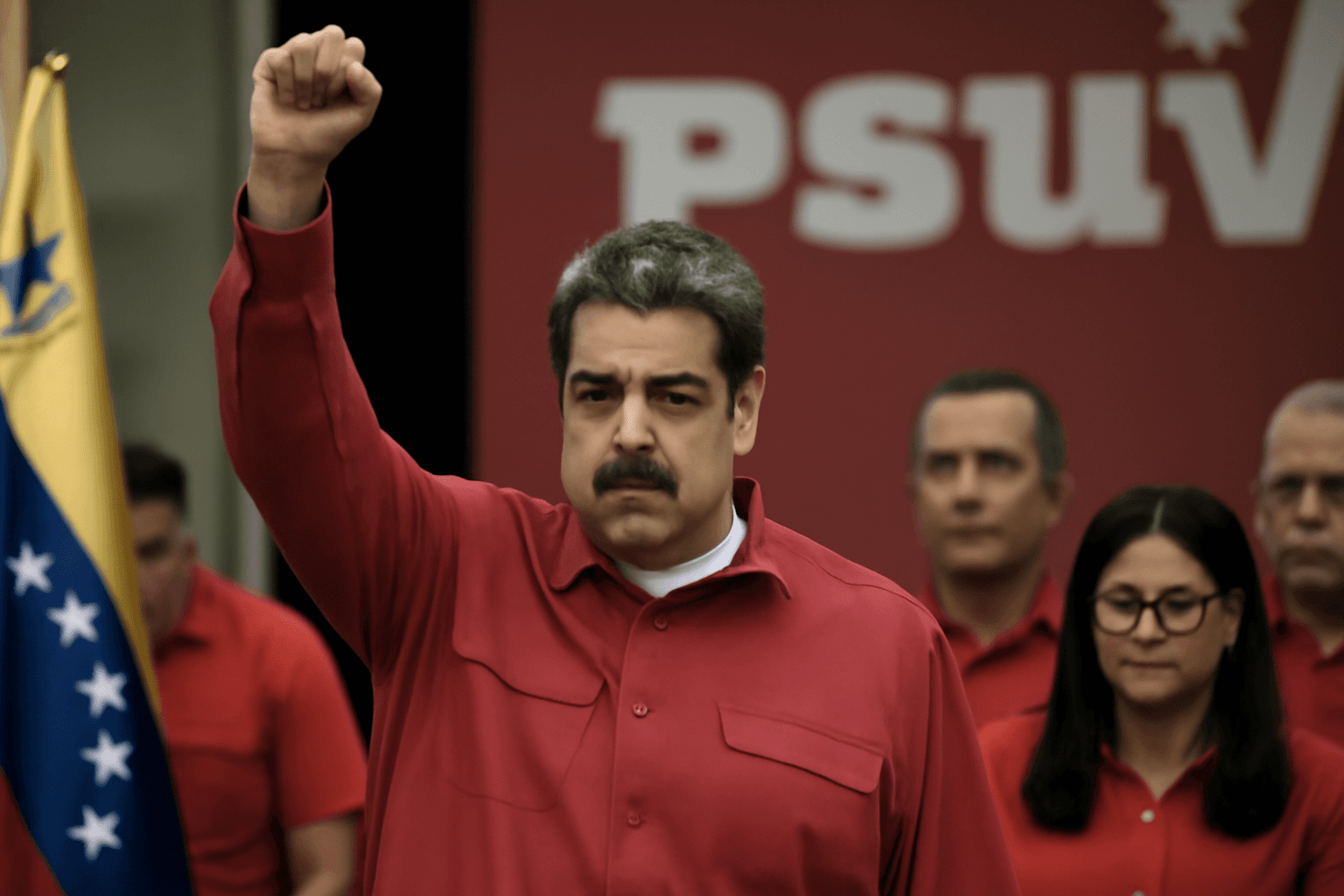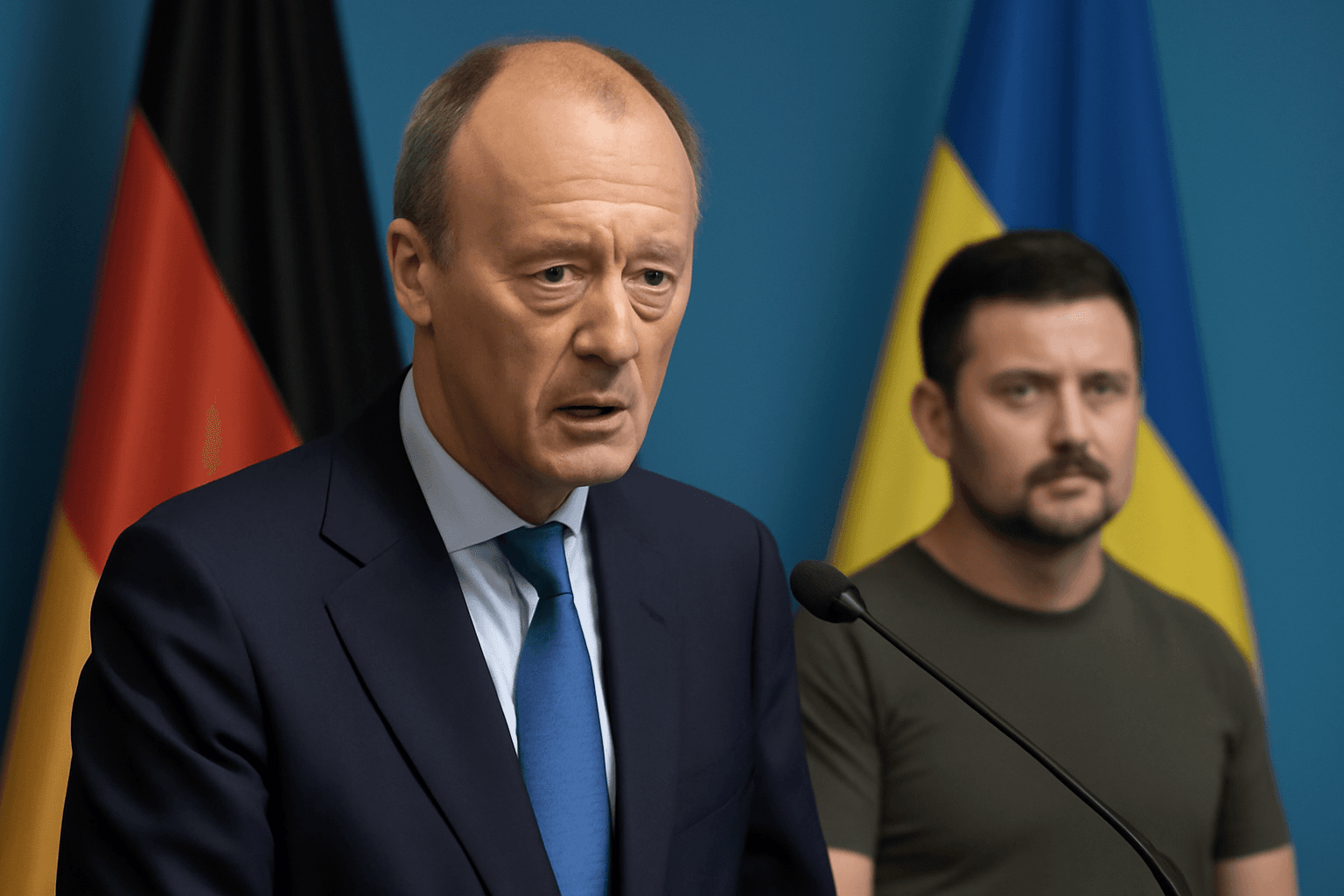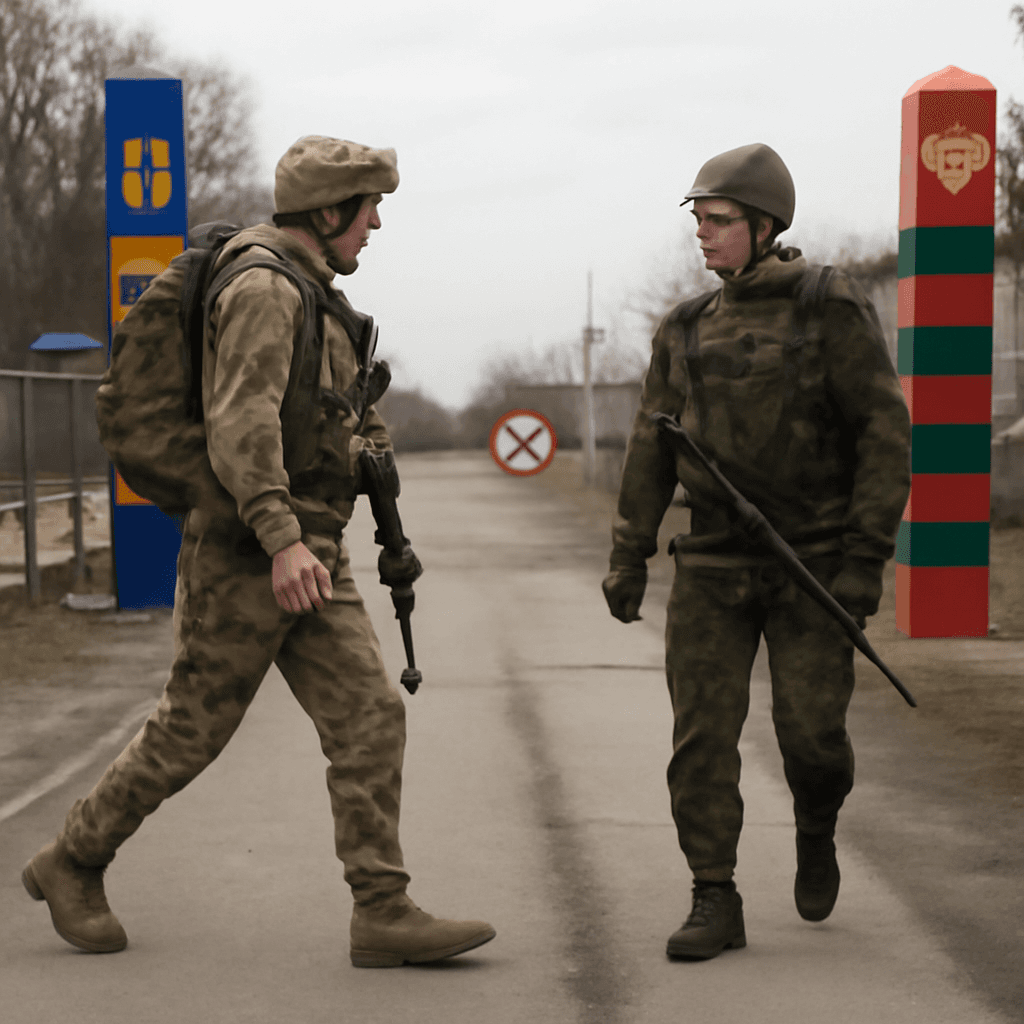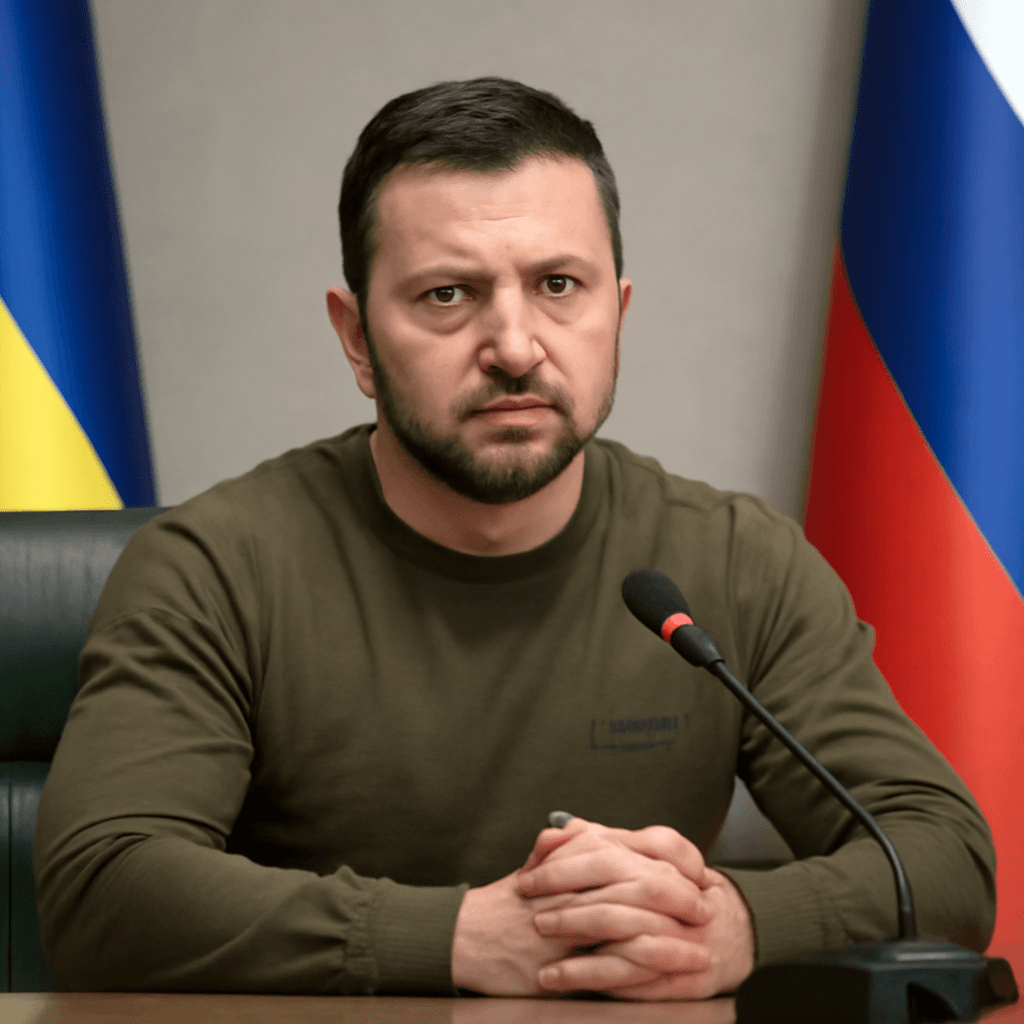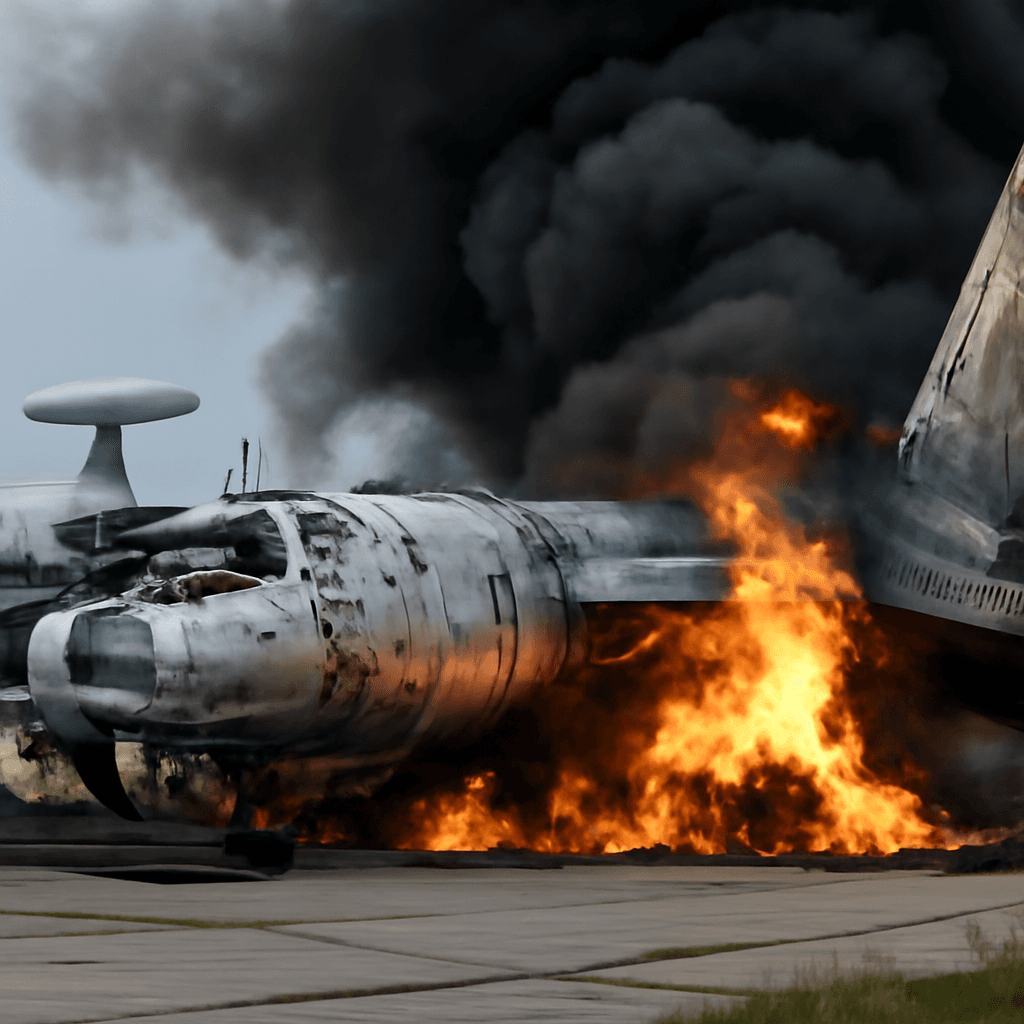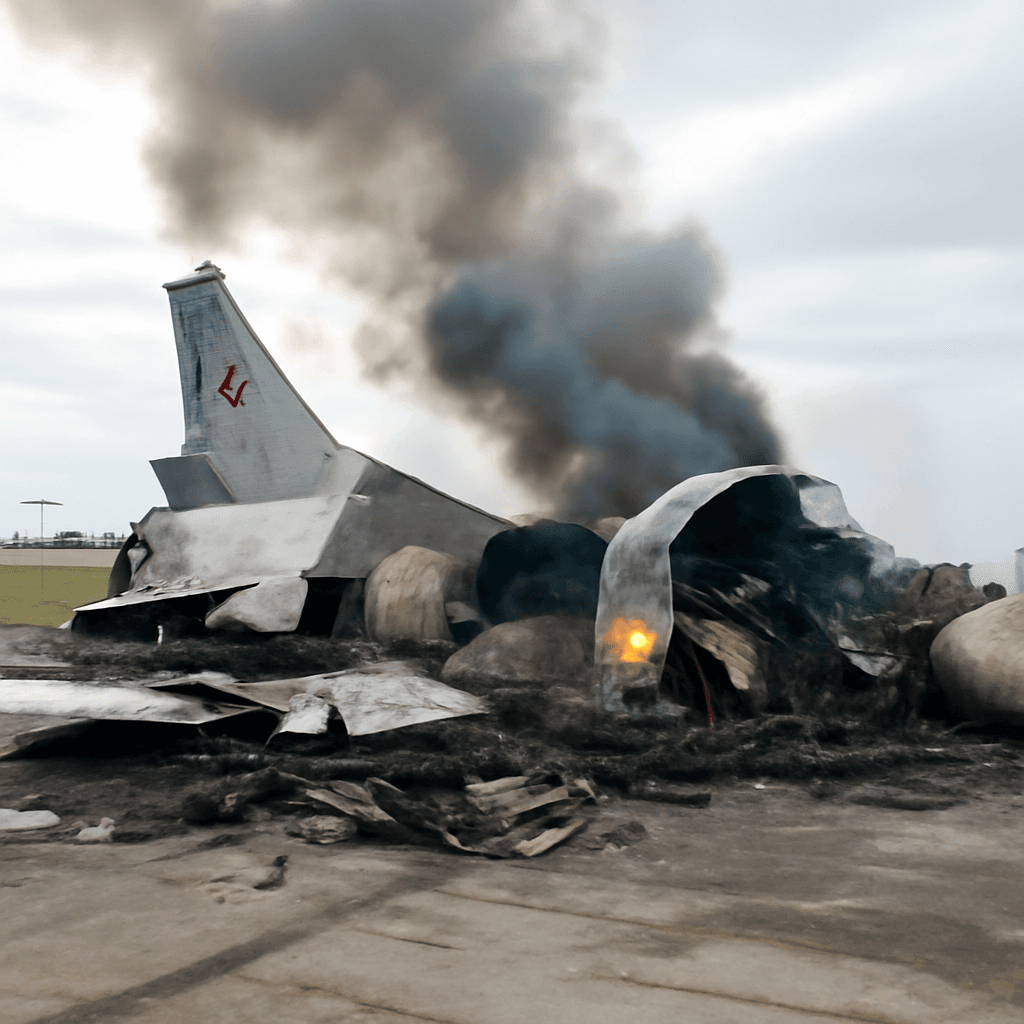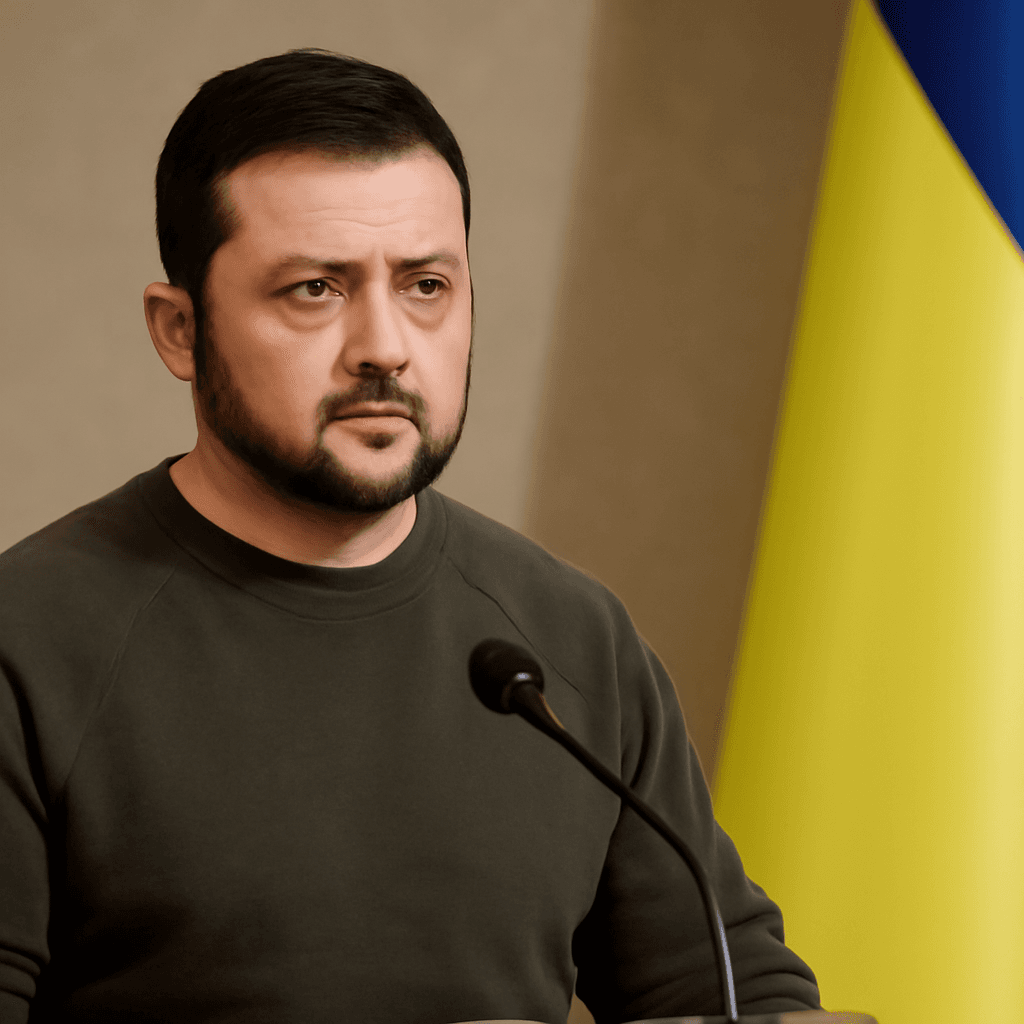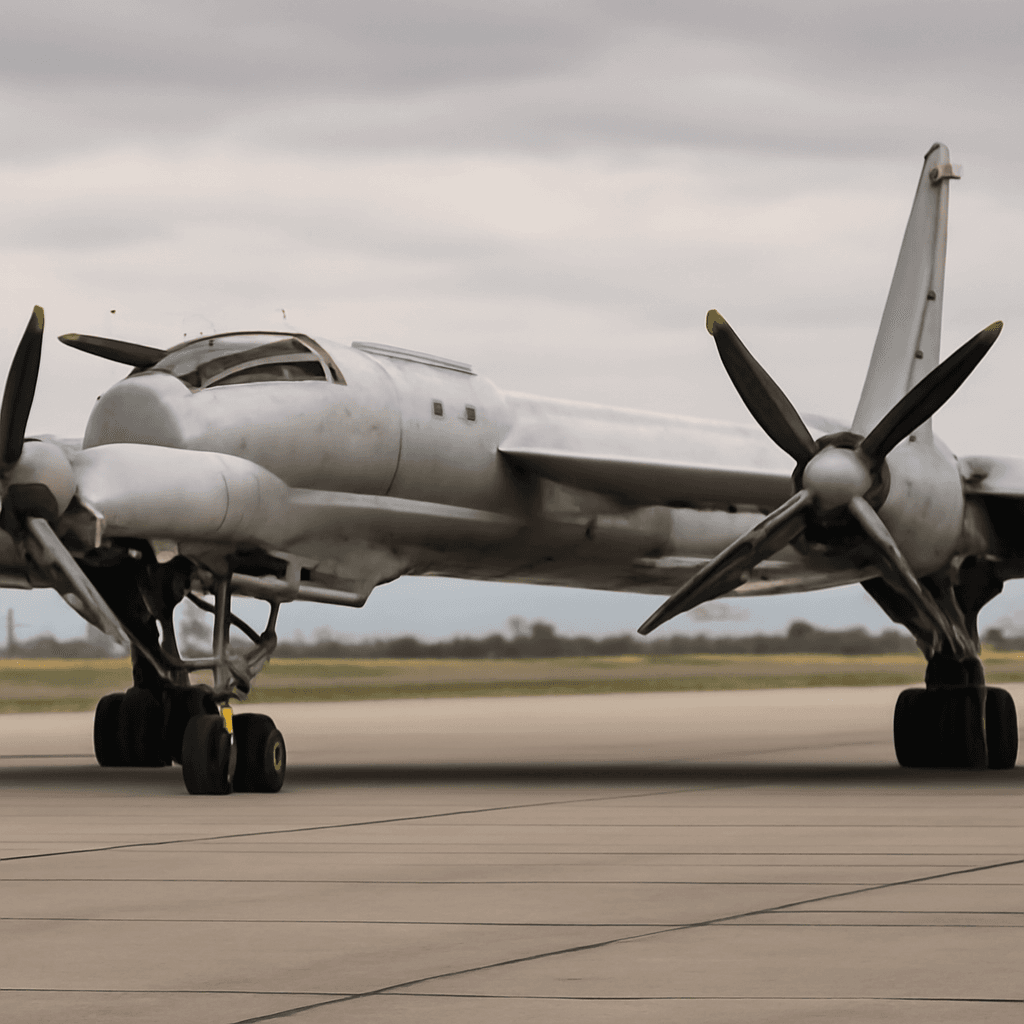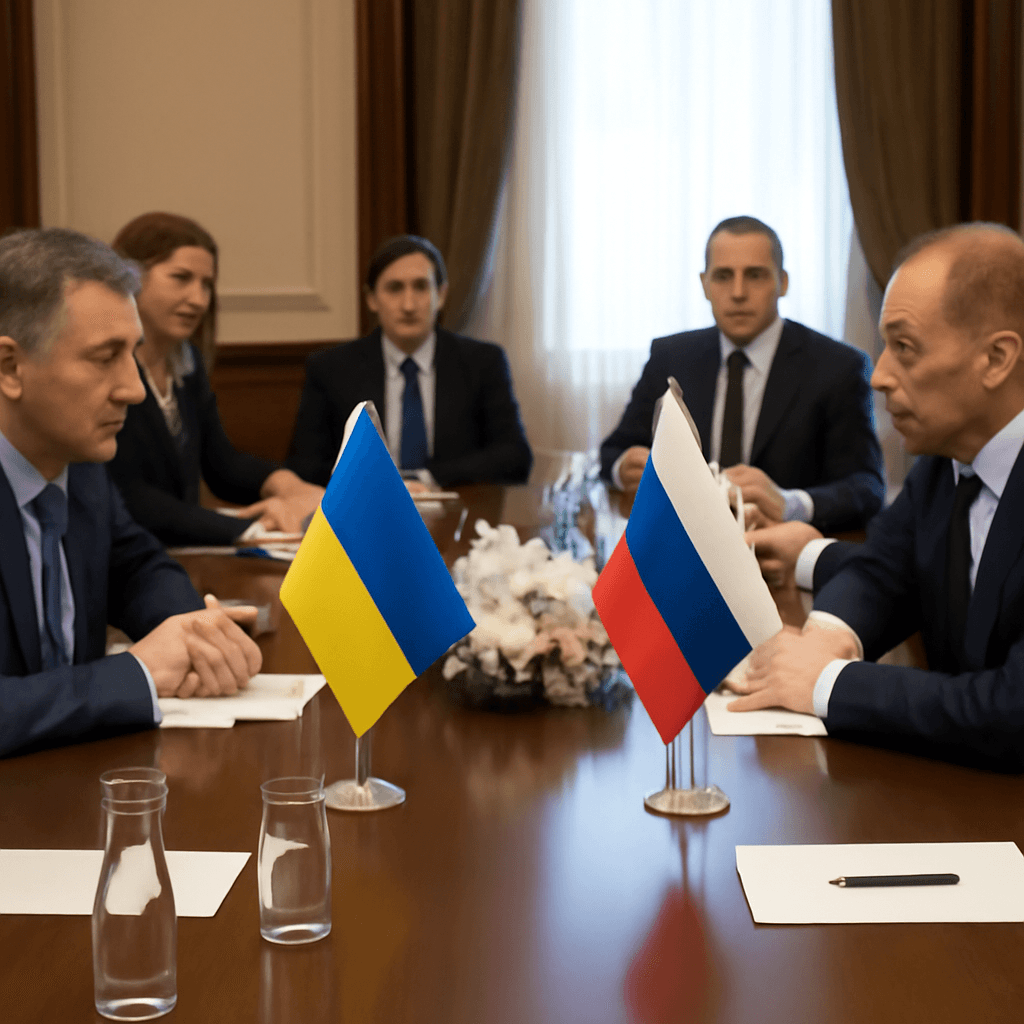Overview of Operation 'Spider's Web'
Ukraine executed one of its most expansive drone assaults on Russian military infrastructure recently, termed Operation 'Spider's Web'. This meticulously planned offensive targeted key Russian air bases, reportedly damaging approximately 34% of Russia's strategic cruise missile-carrying bombers. The operation, spanning over 18 months of preparation, involved covertly deploying drones deep into Russian territory.
Key Details of the Attack
- 41 Russian aircraft were struck, including strategic bombers such as the Tu-95 and Tu-22, along with A-50 radar command planes.
- The scale of damage is estimated at around $7 billion, though independent verification remains pending.
- 117 drones were employed in the offensive, operated by a corresponding number of Ukrainian drone specialists.
- Drones were smuggled into Russia concealed within wooden structures mounted on trucks, enabling launches in close proximity to the targeted airfields.
Russian Response and Repulsion Claim
Russian defense authorities described the strikes as a 'terror attack' and stated that the assaults on multiple airfields across regions such as Ivanovo, Ryazan, and Amur were successfully repelled. The ministry acknowledged several aircraft caught fire, but fires were subsequently extinguished. The attacks were launched near military airfields in the Murmansk and Irkutsk regions, highlighting vulnerability close to critical infrastructure.
Strategic and Tactical Significance
Ukrainian leadership characterized the operation as the longest-range drone strike since the conflict began, hitting targets as far as 4,300 kilometers away, including the Olenya and Belaya airbases in the Russian Arctic and eastern Siberia respectively.
This bold operation serves multiple purposes:
- Increasing pressure on Moscow ahead of scheduled peace talks.
- Undermining Russian air capabilities by damaging strategic bombers.
- Boosting Ukrainian morale amid challenging front-line conditions.
- Signaling capabilities and resolve in sustaining offensive operations deep within enemy territory.
Ukrainian Political and Diplomatic Stance
Following the attacks, Ukrainian President Volodymyr Zelenskyy reaffirmed a call for a full and unconditional ceasefire, emphasizing the preference for peaceful resolution despite ongoing hostilities. He highlighted ongoing Ukrainian proposals aimed at achieving lasting peace, while attributing the continuation of war to Russian decisions.
Zelenskyy also urged the international community to maintain pressure on Russia through comprehensive sanctions, military support, and diplomatic efforts to compel Moscow toward negotiation and de-escalation.
Implications and Future Outlook
The operation has generated strong reactions within Russian military circles, with assessments pointing to significant intelligence and security lapses. Complementing tactical successes, the attack has considerable symbolic impact, reinforcing Ukraine’s negotiation leverage ahead of upcoming dialogue sessions in Istanbul.
Ukraine has indicated its intention to continue similar operations to challenge Russian military dominance and maintain strategic initiative.
Summary of Key Points
- Duration of preparation: Over 18 months.
- Number of drones used: 117.
- Percentage of strategic bombers hit: Approximately 34%.
- Estimated damage: $7 billion.
- Longest operation range: Up to 4,300 kilometers.
- Multiple Russian airbases targeted: Including Olenya, Belaya, Ivanovo, Ryazan, Amur, Murmansk, and Irkutsk.
- Ukrainian call for ceasefire and sanctions continues.





